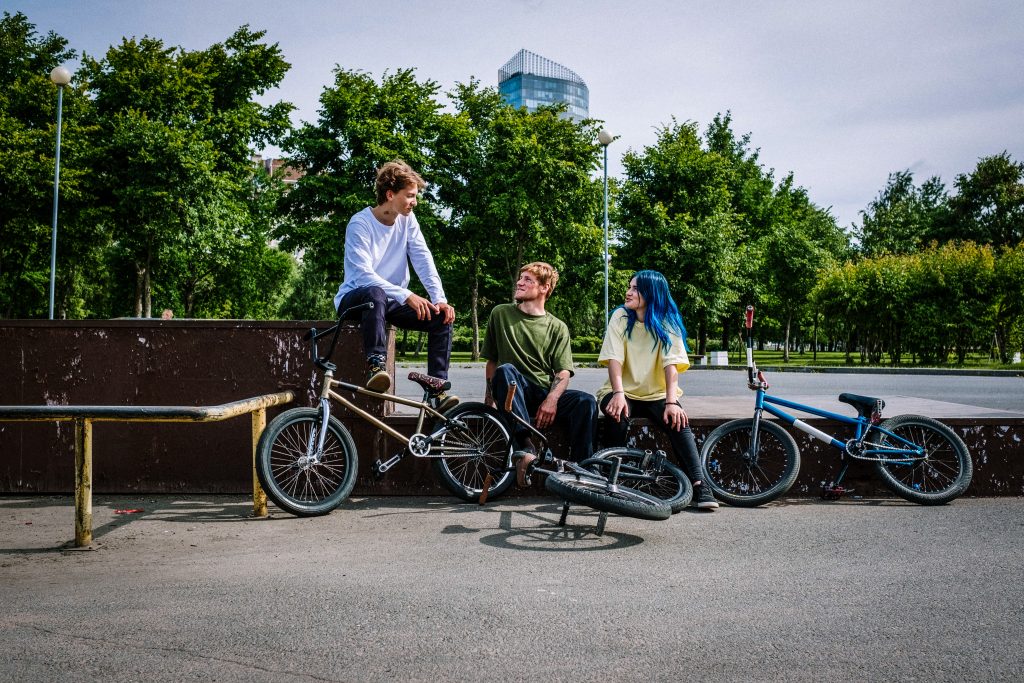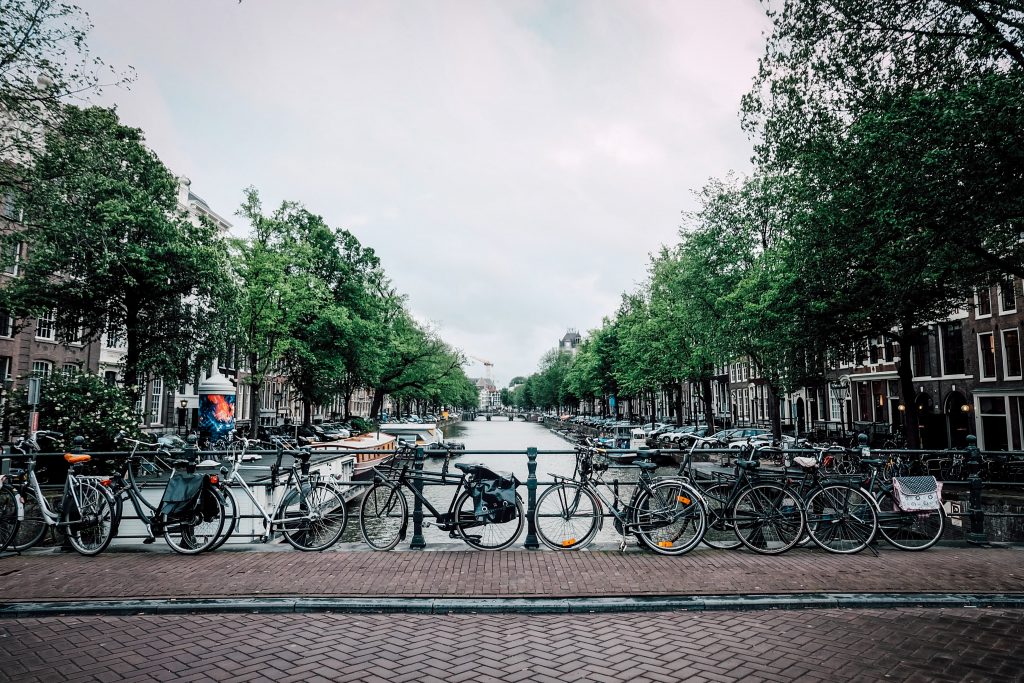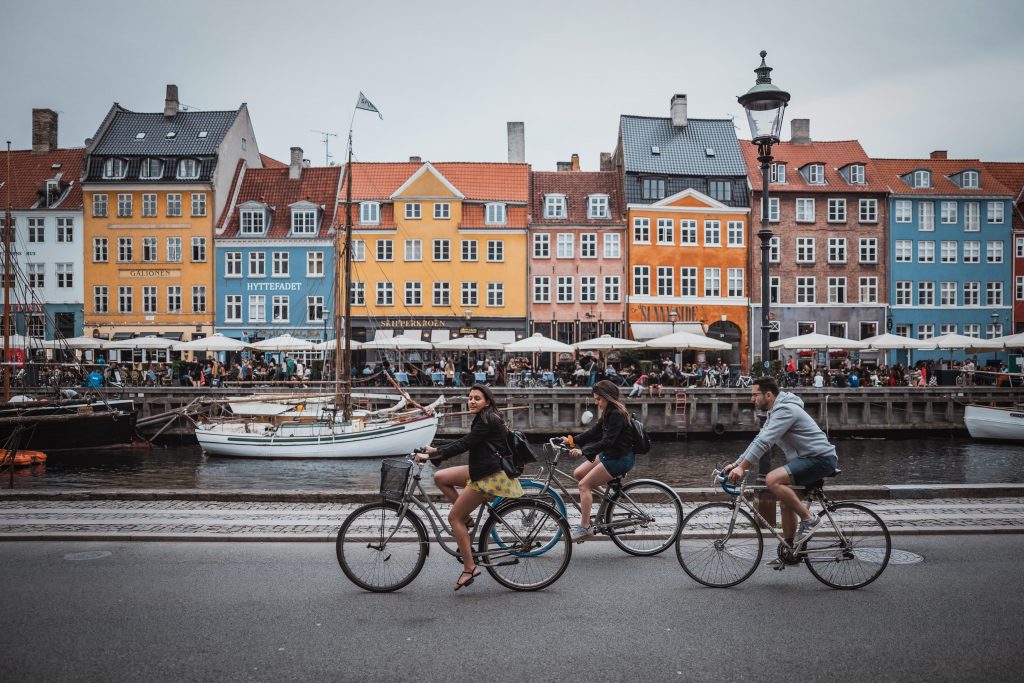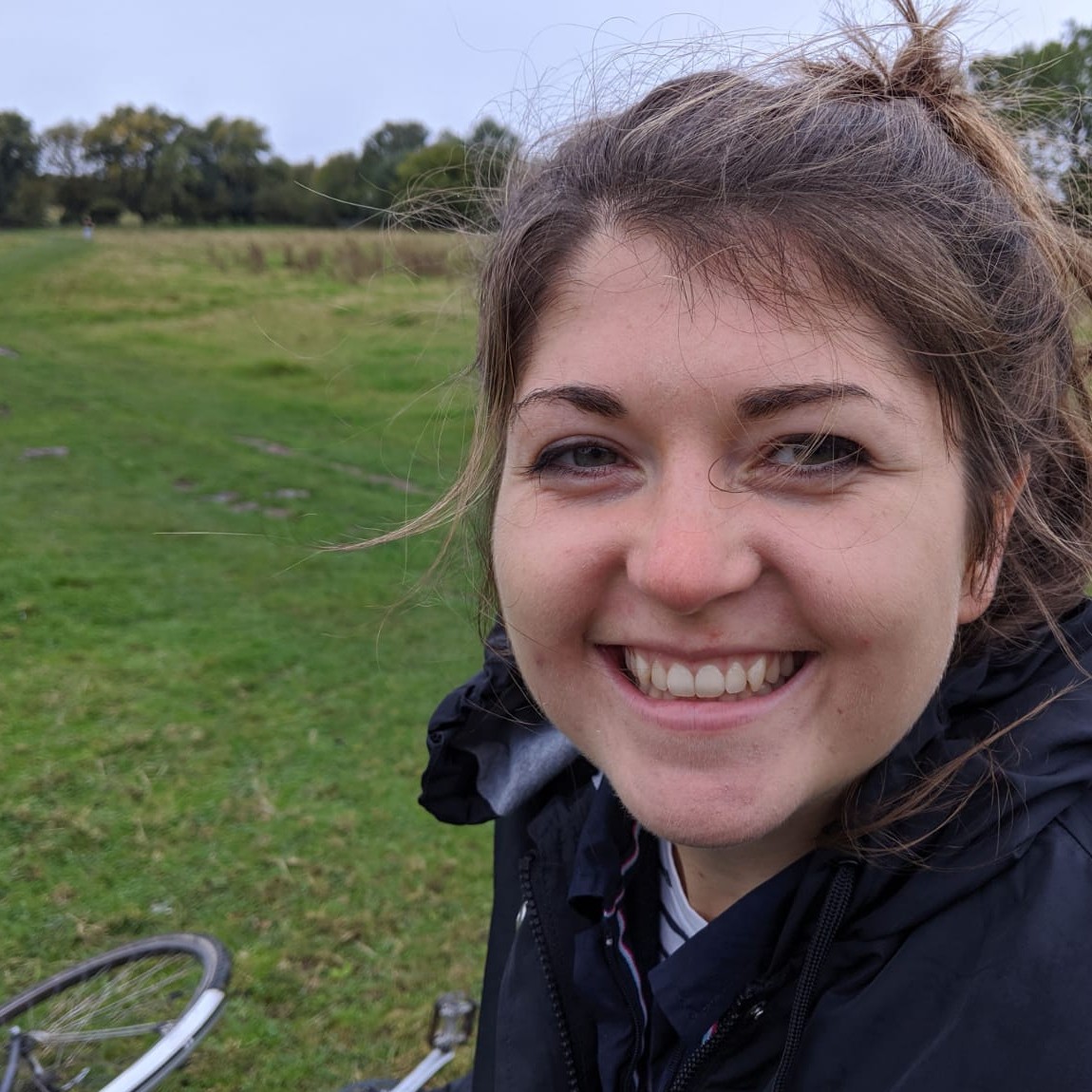We’ve all heard of the terms ‘public participation’ and ‘stakeholder engagement’, but what do they really mean? How can you actually persuade someone adamantly against cycling policies to change their mind? Here’s an alternative approach which is winning cycling-sceptics over.
Stakeholder’s Objections to Cycling Projects
Any city trying to implement cycling measures – from bike lanes to protected intersections – will face opposition from certain stakeholders.
The key responses can loosely be predicted along these lines. Residents will react to a loss of carparking; taxi and bus drivers will be reluctant to share their designated road lanes with bicycles; shop owners and hotels will fear a loss of customer carparking or loading bays. Local municipalities may be hesitant to initiate change, particularly if they see cycling measures as expensive and unnecessary, and the police force will be wary of having to regulate new traffic modes.
That’s not to say that all stakeholders will be against cycling – many will be in favour. But these are the main, and often validly held, responses to cycling change.
Overcoming these objections is one of the biggest challenges for any cycling city. Endless tactics have been deployed, from grand promotional campaigns, complex incentive schemes to clever slogans.
Listing the benefits of cycling infrastructure, however, is usually not enough to subdue scepticism. Often, it’s speaking with a peer or experiencing something for yourself that is really persuasive. This is exactly what lies behind the concept of immersive study tours and transition arenas.
An Alternative Approach: Transition Arenas & Study Tours
Peer-to-peer testimonials and study tours (aka ‘policy tourism’) have become increasingly popular over the last few years. This is particularly due to the high-profile cycling projects, Handshake in Europe and PeopleForBikes in North America, which have utilised the concepts.
The idea is that each city has a group of key stakeholders, for instance local businesses, neighbourhood leaders, municipality officials and taxi representatives. This ‘transition arena’ then meets regularly to discuss cycling policies openly.
In the next phase, the group will take a four or five day trip to a cycling capital – usually Copenhagen or Amsterdam – where they will cycle around the city and meet their ‘counterparts’. For example, hotel owners from one city will meet a Dutch or Danish hotel owner, hearing their story and perspective on cycling.
By witnessing first-hand the positive impacts of cycling cultures, this should leave a powerful impression on the visiting group. On returning home, the representatives will then share their experiences, thus spreading the word and inspiring others.

In order to understand how this concept works in real-life, we’ve highlighted some experiences from both the Handshake and PeopleForBike’s projects below.
Handshake Project – Insight into the Transition Arenas
The European Union Handshake Project, running from 2018-2022, pairs ten ‘future cycling cities’ with a ‘cycling capital cities’: Amsterdam, Copenhagen or Munich. Mario Gualdi, the project coordinator, told us about the use of transition arenas and immersive study tours.
“Rather than shying away from people who are against cycling and change, this project is really working with these people,” he says. “Transition arenas are groups that meet regularly to discuss problems, opportunities and misconceptions about cycling… it’s a group of local communities, businesses, institutions, private citizens.”
Mario is part of the transition arena in Rome, so we asked him to explain exactly how the meetings work and how he got stakeholder representatives interested in the first place. “Writing the first invitation, we outright downplayed the role of cycling,” he confesses. “We told them this was an occasion to come together and do something about the future of the city.”
At the second meeting, the number attending doubled. “We started to open up a little bit more about cycling, walking and changing the urban form,” he says. By the third meeting, the participants had tripled.
“The third presentation was one of those ‘aha’ moments,” says Mario, “I told them the story of Amsterdam.” Instead of always being a cycling capital, he explained how Amsterdam actively fought to reclaim its urban mobility from cars a few decades ago. “You could see their faces completing falling because they saw the Rome of today in the Amsterdam of the 70s.”
“They understood that it was a deliberate choice the Netherlands made to change,” says Mario. “Rome is in a moment where there is a mounting feeling that we need a drastic change. If they could do it in Amsterdam, then we can do it”.

For Mario, one of the most moving stories was that of a lady representing the shop owners in Rome’s periphery zone. In these areas, there is heavy traffic, limited tourism and difficult conditions. She came to the meeting because they wanted “something that can turn our neighbourhoods around, something that can give us some hope.” After attending the transition arenas, she was inspired by the change that was possible and wanted to “do everything it takes”.
The reaction of Rome’s Hotel Association was similar; they were “extremely open because they wanted a more liveable city. Anything which can attain that, they were all for it,” says Mario.
The transition arena’s fourth meeting will ultimately be the study tour to Amsterdam; however, due to Covid-19 this has been delayed.
PeopleForBikes’ Project – Reactions to the Study Tours
In the United States, the non-profit organisation PeopleForBikes has focused on the use of study tours. Under its Green Lane Project, groups from twelve North American cities were selected to undertake intensive study tours in Denmark, with the hope that it would inspire the visitors to implement cycling infrastructure in their own cities.
Since 2009, over 300 delegates have visited Copenhagen as part of a five-day study tour. The visiting groups consisted of US politicians, public officials, NGOs, philanthropists and local community representatives. The study tours included several bicycle rides around the city, structure meetings with Danish politicians, business leaders and residents and informal social events between the two parties.

Denver City Councillor, Albus Brooks, said he was “blown away” by the study tour in Copenhagen. “It gave me a macro-vision for how this all works together… and a tactical vision for when we get back to Denver.” A colleague of his in the private sector, Tami Door CEO of Downtown Denver Partnership, equally said that the tour was “powerful” and that “it brought all of those policies and ideas to life.” This video gives a visual overview of their 2014 study trip.
Ultimately the study tour aims to spark inspiration for how a city could be designed and to underline that it ispossible to implement cycling policies everywhere. Martha Roskowski, former Director of the Green Lane Project, told OIA Press that “the study tours have been the most effective part of the programme for catalysing local progress.”
That said, study tours are not cheap: it costs $4,000 for an all-inclusive five-day trip per delegate. Taking time out to visit cycling capitals, along with the environmental costs of air-travel, may also put people off this proposal.
Nevertheless, it is an experience which forces stakeholders to “think big”, as Mayor of Pittsburgh Bill Peduto said. In a PeopleForBikes video, he explains how the study tour lets elected officials “think about ten years from now, what do you want your city to look like?”
In a Nutshell…
No matter how sleek the slogan or graphics are, campaigns promoting the benefits of cycling often aren’t enough to sway stakeholders. It’s personal testimonies and tangible experiences that leave an impact. Although expensive and time consuming, transition arenas and study tours may be the future’s best way to inspire and implement cycling cities.


